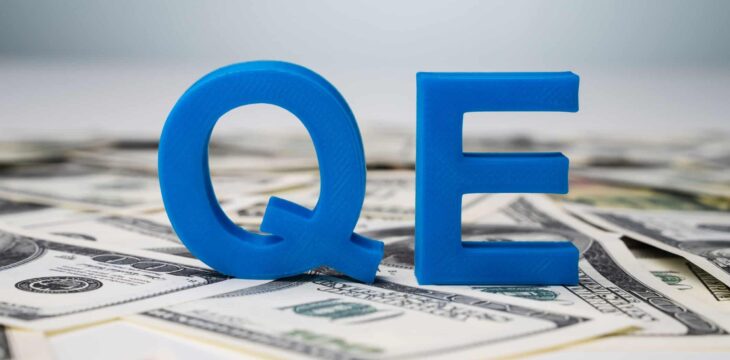“The huge stock market crash in October of 2008 caused millions of people to lose billions of dollars” says Javier Loya of OTC Global Holdings. It caused the average consumer to question whether Wall Street and the U.S. government could be trusted. Suddenly, the average American was losing trust in banks and the government.
The Federal Reserve introduced us to Quantitative Easing (QE), which is essentially the printing of money for the purpose of stimulating the economy. The U.S. dollar was no longer backed by gold reserves; instead, it was just a piece of paper. Once you abandon the gold standard, all money is about the same. It’s worth what we, the users, say it’s worth. It’s worth whatever someone will give you for it.
As the price of gold rose and people lost faith in politicians and the financial industry, along came the experts with their theories about Quantitative Easing. This is a way to stimulate the economy by buying up various financial assets. It involves putting more money into the economy but there’s another segment just as vital.
The concept of QE also works to prop up wobbly sectors of business by buying them out. This idea has been quite controversial. Many people believe it could cause more damage than good. It could even be seen as a way to manipulate interest rates.
Javier Loya CEO of OTC Global Holdings understands the world of business and finance. He comments below: “Business and finance are complex areas that baffle many people. And yet it is an essential part of our everyday lives. We need to understand how things work in order to maintain control and make wise business decisions.”
